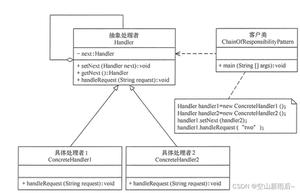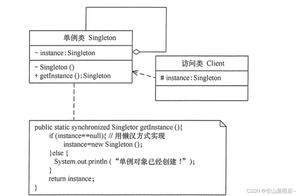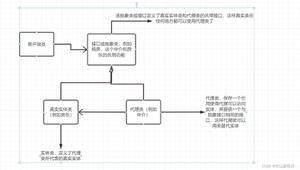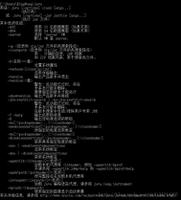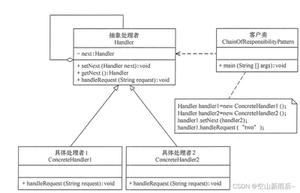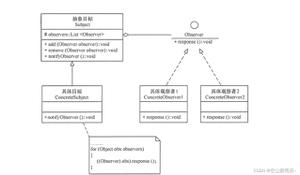Java实现单例设计模式方法解析
单例模式的几种实现方式:
一:饿汉式单例
方式一:枚举方式获得单例对象
方式二:静态属性获得单例对象
方式三:静态方法获得单例对象
二:懒汉式单例
方式一:静态方法获得单例对象(线程安全)
方式二:内部类方式去获取单例对象
示例:
恶汉式:方式一
enum Singleton{
INSTANCE;//单例
}
恶汉式:方式二
class Singleton{
public static final Singleton INSTANCE = new Singleton();//单例
private Singleton(){}
}
恶汉式:方式三
class Singleton{
private static final Singleton INSTANCE = new Singleton();//单例
private Singleton(){}
public static Singleton getInstance(){
return INSTANCE;
}
}
懒汉式:方式一
class Singleton{
private static Singleton instance;
private Singleton(){
}
public static Singleton getInstance(){
//存在线程安全问题(多线程的时候,不一定是单例)
/*if(null == instance){
instance = new Singleton();
}
return instance;*/
if(null == instance){
//提升代码效率,避免每一次都去走同步代码块
synchronized(Singleton.class){
if(null == instance){
instance = new Singleton();
}
return instance;
}
}
return instance;
}
}
}
懒汉式:方式二
class Singleton{
private Singleton(){}
private static class Inner{
public static final Singleton INSTANCE = new Singleton();
}
public static Singleton getInstance(){
return Inner.INSTANCE;
}
}
以上是 Java实现单例设计模式方法解析 的全部内容, 来源链接: utcz.com/z/354537.html

